- What is Noom?
- What is WW (Formerly Weight Watchers)?
- How Do Noom and WW Compare?
- Side-by-Side Comparison
- Bottom Line: Noom Vs. Weight Watchers
When it comes to weight loss programs, many focus on eliminating or restricting certain foods to reach your fitness goals. However, if you're someone who wants to shed pounds while still enjoying your favorite foods, you're likely searching for an alternative to typical fad diets.
Two such methods are Noom and WW (formerly Weight Watchers), which allow its members to be in control of their meal choices and no food is off-limits. Instead, they focus on the nutritional value of foods and teach the value of balance and moderation.
If you're wondering which diet may be best for you, read more to learn about the differences between Noom and WW and which has a higher success rate when it comes to losing weight.
What is Noom?
Noom is a weight loss platform that uses psychology and behavioral science to help its members lose weight. The program aims to help individuals not only shed pounds but develop healthier eating habits and change their relationship with food and physical activity.
Along with food and calorie tracking capabilities, Noom also provides daily lessons, a color-coded food system, and daily interactive challenges intended to help members make positive changes that will last long-term.
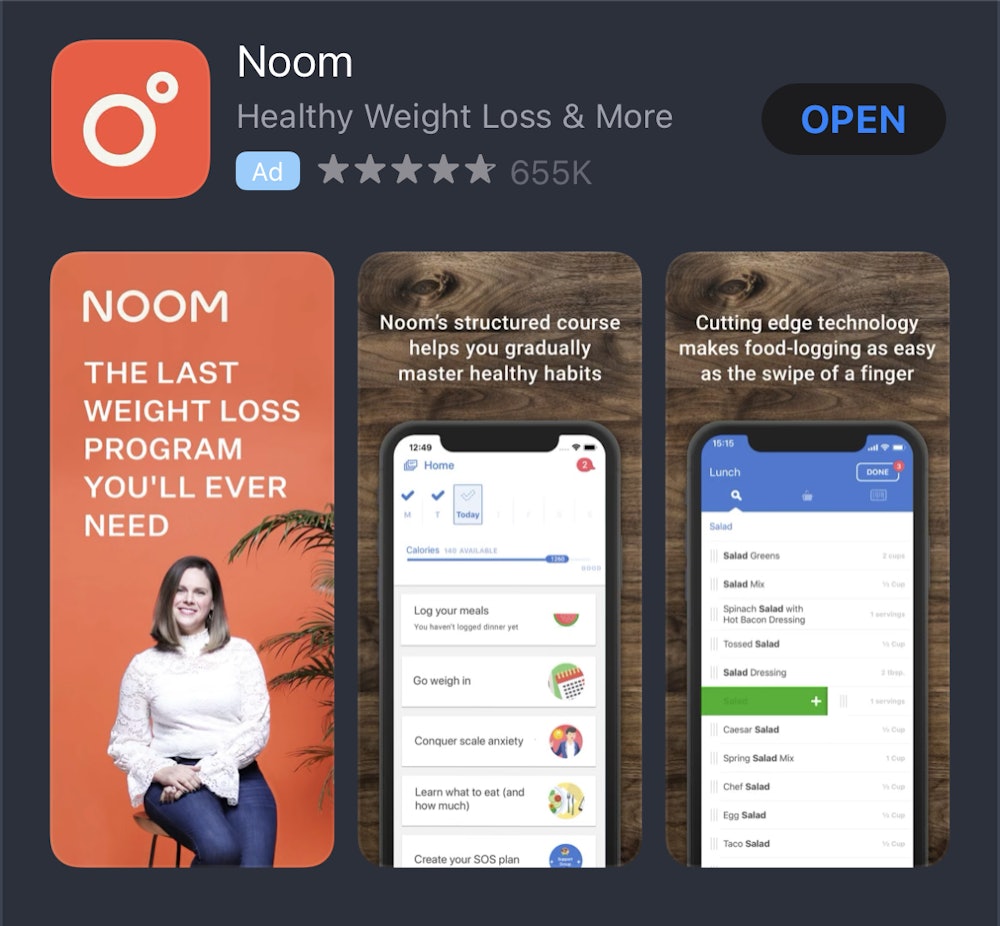
This program is a great choice for those wanting to make smarter choices when it comes to their health but don’t want to be held back by restrictions and rigid diet plans.
What is WW (Formerly Weight Watchers)?
Weight Watchers, now called WW, has been around for several decades. Since the ‘60s, the weight loss program has been helping members lose weight via its SmartPoints system. Food and beverages are assigned certain point values and participants are given a budget of how many points they can consume daily.
Similar to Noom, there are no restrictions when it comes to what you can and can’t eat, but the system does encourage healthier choices by assigning lower point values to more nutritious foods.
The goal is to stay within your daily SmartPoints, but members also get extra weekly points to allow for more flexibility should they need it. There are also a handful of “zero-point” foods that individuals can eat at any time.
How Do Noom and WW Compare?
Let’s breakdown the similarities and differences between the two programs when it comes to cost, membership benefits, fitness plans, app features, and weight loss success.
Noom vs. WW: Cost
Comparatively, Noom and WW are similarly priced. WW offers four plans to choose from, depending on how much support and accountability you want.
- Digital: $22.95 per month
- Digital 360: $29.95 per month
- Unlimited Workshops + Digital: $44.95 per month (may vary based on your zip code)
- 1-on1 Coaching + Digital: $60 per month
On the other hand, Noom starts at $60 for a one-month auto-renew plan. After that, the monthly price decreases slightly when you prepay for longer periods of time.
Example of Noom's Pricing Plan
If you pay for a six-month plan, you pay a one-time fee of $159, which breaks down to $26.50 a month.
If you sign-up for a nine-month plan, you'll pay a one-time fee of $185, which comes out to $20.55 a month.
If you’re interested in a year-long plan, Noom ends up being the cheaper option, coming out to $199 annually while a basic digital WW program is $276. Keep in mind, that these prices do not reflect promotional offers when you sign up.
Noom vs. WW: Eating Plans & Food Guides
Both Noom and WW tout unrestricted eating plans but use their own systems and offer recipes to help guide participants to make healthier choices.
Noom divides its foods into three color-coded categories and gives members an idea of how much of each color should make up their day’s diet. You must also stay within your calorie limit.
- Green foods (30%): fruits, vegetables, whole grains, and low-fat dairy
- Yellow foods (45%): lean meats, beans, non-whole grains, eggs, avocados
- Red foods (25%): fats, sugary foods, fried foods, salad dressings, red meats, salty snacks, nuts, and seeds
WW focuses on a points system that gives more points to foods that are higher in healthy fats, fiber, and protein, and lower points for saturated fats and added sugars. You’ll be required to stay within your allotted points system each day to meet your weight loss goals.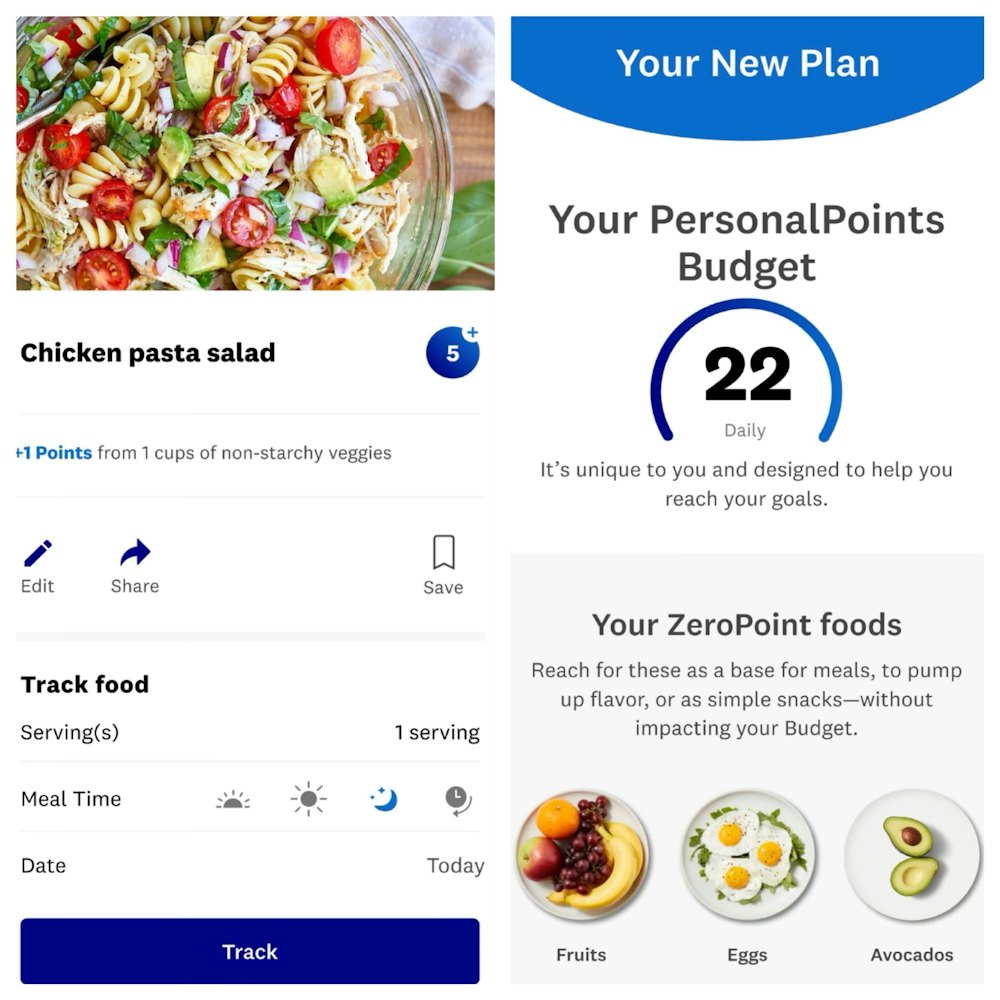
When you sign up, after answering questions about your current diet and lifestyle, WW will assign you a personalized digital plan which includes:
- A points budget: This is your daily diet plan. It includes food that you eat will be allocated points, and you use up your daily points budget when you eat.
- A list of ZeroPoint foods: These are foods that won’t use up any of your points budget and can be consumed whenever you’re craving them.
If you’re looking for a plan that doesn’t rely on cutting out foods that you love, you can’t go wrong with either program.
Noom vs. WW: Fitness-Related Features
Each program offers fitness-related features and members have the ability to sync their fitness trackers to Noom and WW’s mobile app. This allows the app to track your daily steps and any physical fitness you do throughout the day.
With WW, members are given a complimentary subscription to obé Fitness, a streaming service that offers online workouts such as Pilates, dance cardio, HIIT, and YYoga. You can also sign-up for a variety of free trials including ClassPass and Orangetheory.
While Noom offers daily lessons and articles on fitness and workout tips, it doesn’t provide any free streaming services for workouts or complimentary trials for in-person classes.
You can, however, pay an additional fee to get custom workout plans that are added onto your account. Whether you purchase the add-on or not, you’ll be asked if you worked out each day as a way to encourage physical activity.
Lastly, with WW’s PersonalPoints program, you can earn additional points to be used during your day or week by making healthy choices such as working out or drinking more water.
Noom vs. WW: App Features
Available on Apple and Android devices, Noom and WW’s apps offer some great features and an easy-to-use platform.
Their features include:
- Tracking capabilities: food, water, sleep, weight loss, and fitness
- Daily recipes
- Health and wellness education
- Live support from coaches
- Accountability through an online community
Additionally, WW offers a weekly check-in to look at your progress for the week. You’ll be able to track your current weight, spend time reflecting, see a progress report, and set a goal for the week ahead.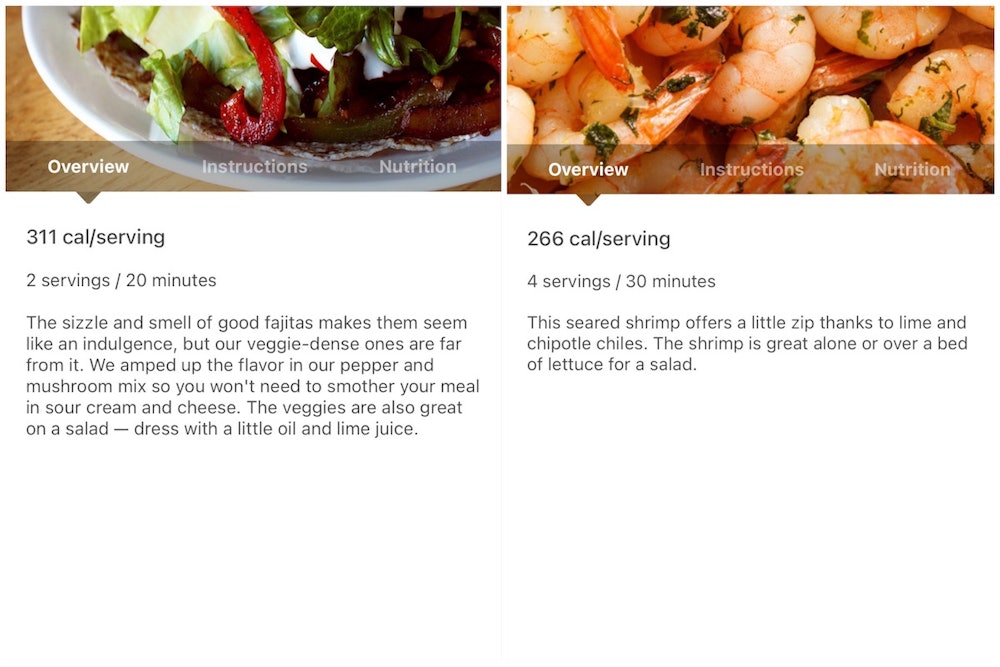
Noom’s app sets itself apart by using psychology-based methods to help individuals drop pounds. Because of this, your daily feed is filled with articles surrounding:
- Food and your relationship to it
- How to create healthier habits
- Lessons on psychology
- Interactive quizzes to test your knowledge regarding what you’re learning
Noom is available in five languages (English, German, Japanese, Korean, and Spanish) and is in most countries with access to the Google Play Store or the Apple App Store. WW is available in nearly 20 countries.
Noom vs. WW: Weight Loss Success
Research on both WW and Noom is limited, with most showing anecdotal evidence to support the success of their programs. That being said, both show promising results in the research and studies that have been done.
A study in Scientific Reports found that of the nearly 36,000 Noom study participants using the app:
- 78% lost some amount of weight
- 22.7% experienced more than 10% weight loss
Another study of more than 7,000 men found that adhering to Noom’s diet and fitness plans for 3 months helped them achieve an average loss of about 2 body mass index points.
In a large study of more than 29,000 WW participants, researchers found that the average weight loss was about 6 pounds with one-third of members losing at least 5% of their body weight. It should be noted, however, that this study was funded by WW.
When compared to other diet programs, a review found that those doing WW lost 2.6% more weight than those in a control group after 12 months. The latter weren’t given support such as educational curriculum, sessions with a provider, or intervention.
However, WW had the lowest weight loss percentage when compared to:
- Jenny Craig: 4.9%
- Nutrisystem: 3.8%
- Low-calorie programs: around 4.0% (e.g., Health Management Resources and OPTIFAST)
In the short term, both Noom and WW appear to be effective for shedding pounds, with strict adherence being the determining factor for greater weight loss.
Side-by-Side Comparison
| Noom | WW | |
|
Cost |
|
|
| Eating Plans |
|
|
| Fitness-Related Features |
|
|
| App Features |
|
|
| Weight Loss Success |
|
|
Bottom Line: Noom Vs. Weight Watchers
Both Noom and WW are effective for weight loss, though strict adherence to both are needed to see significant results.
Deciding which to start may come down to personal preference. Both offer many of the same capabilities along with a community of support.
- Noom: If you're ready to make lasting changes, Noom may be a better option for you since you'll be learning about nutrition and fitness along the way. Its setup as a tool to help change negative behaviors surrounding eating, which can be beneficial if you're looking to make a lifestyle change.
- WW: On the other hand, WW has a little bit more support such as unlimited access to a personal coach and more complimentary fitness features. Members also tend to stay on the program for longer due to its highly supportive weight loss community.

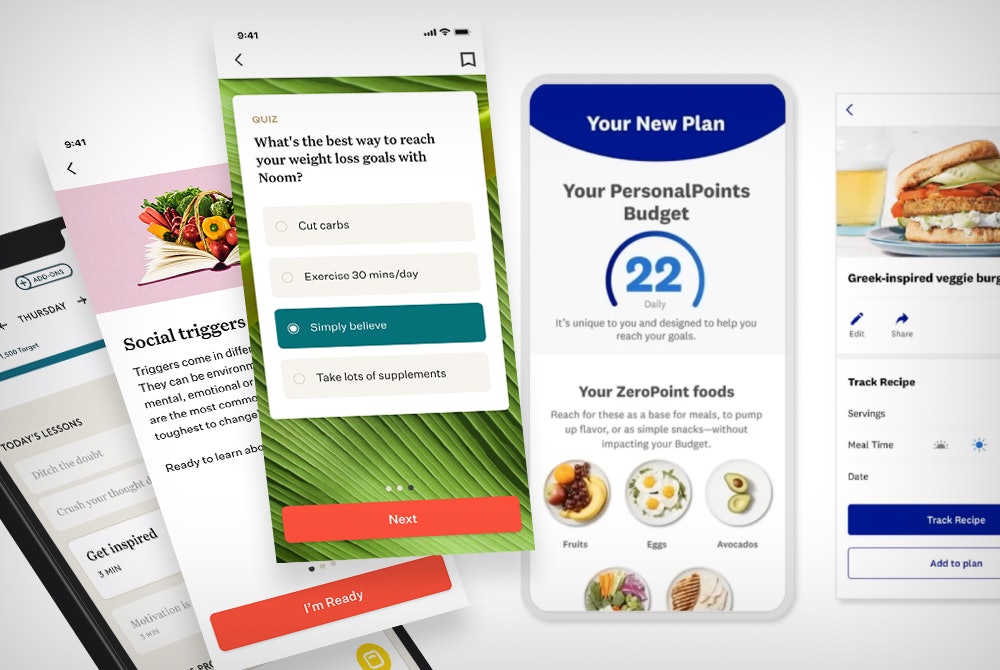





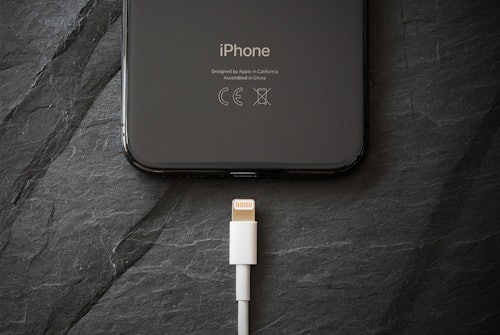

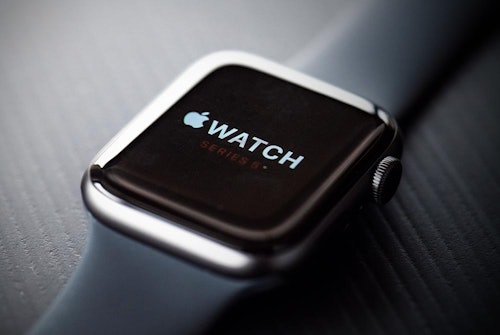

Comments